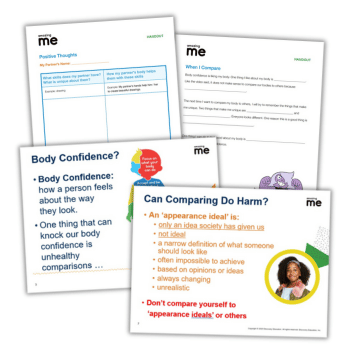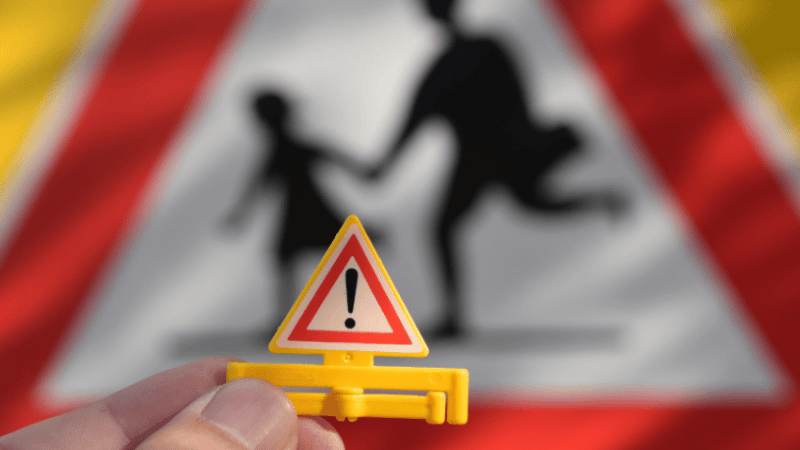What to do if one of your pupils has an epileptic seizure

If a pupil were to have an epileptic seizure in your classroom, would you know what to do? Louise Cousins offers some advice…

Epilepsy affects approximately 600,000 people in the UK – almost 1 in every 100 – including 63,000 children and young people. On average, that means there’ll be one child with epilepsy in every primary school and five in every secondary school.
People with epilepsy have a tendency to have seizures caused by sudden bursts of intense electrical activity in the brain. There around 60 different types of epileptic seizure, and it’s possible for people to experience more than one type. What actually happens to someone during a seizure depends on which part of their brain is affected and how far the aforementioned electrical activity spreads.
Epilepsy can start at any age and any time of life. Some children may develop epilepsy before starting school, while others might develop the condition during their time there. It can be a complex and difficult condition to plan for, given the sheer number of different seizure types, yet it’s important for teachers to at least have an awareness of what epilepsy is and the different ways in which it might present.
Seizure types
During certain types of seizure a person can remain completely alert and aware of what’s going on around them, while other types may cause someone to lose consciousness. Tonic clonic seizures are the type that people most often call to mind when they think of epilepsy, which is where a child might go stiff, fall to the floor and jerk.
Another type quite common among children – and frequently missed – are absence seizures. These cause a person to lose consciousness, but only for a couple of seconds; from the outside, they may seem to suddenly adopt a blank expression, or appear to not be paying attention. Some children affected by absence seizures have been known to have them over a hundred times within one day.
The general rule when responding to somebody who’s having a seizure is to stay with them and protect them from anything dangerous in their surroundings. Tonic clonic seizures are usually the only type where it will be necessary to apply first aid, which might include placing something soft under the child’s head to prevent them from injuring themselves.
Don’t restrain the person, or place anything in their mouth during a seizure. Note that children affected by tonic clonic seizures may also require emergency medication in the event of such a seizure. Schools should therefore liaise with a pupil’s medical professionals and familiarise themselves with the pupil’s specific needs.
Practical steps
There are also some practical and proactive steps that schools can take. Draw up individual healthcare plans (IHPs) for any pupils with epilepsy, and ensure that these contain details about the nature of the pupil’s epilepsy and their needs. Make it clear exactly what specific support a child might need, when they’re likely to need it and who will be responsible for making sure that support is provided.
For example, a child might have a seizure that results in them needing time to recover afterwards. They might be tired and in need of rest, so the plan in this case could be to provide them with a safe space in which they can rest and recover. Other children might need to go home, which should be similarly planned for. Class teachers will obviously need to be informed ahead of time about any children whose epilepsy might require them to take emergency medication.
It’s important that the process of drawing up a pupil’s IHP involves everybody who will contribute to the child’s care during school hours – not just the headteacher and class teacher, but also support staff.
It’s possible for some children to receive a diagnosis of epilepsy seemingly out of the blue, and subsequently feel self-conscious. A child affected by tonic clonic seizures could conceivably lose control of their bodily functions at a moment’s notice, thereby prompting concerns and feelings of embarrassment that they may need help in managing.
Do what you can to inform other students of what they can do to help any peers with epilepsy, and the importance of informing staff, should the need arise. Consider the social and emotional aspects that may be involved. Is the child at a higher risk of being bullied by peers? Are they likely to be absent from school more often?
Full inclusion
Schools should also be sensitive to the impact epilepsy can have on a child’s learning. Seizure symptoms and the side effects of medication needed to control them can leave children feeling fatigued. They might develop memory problems or additional behaviour challenges. It may be that reasonable adjustments need to be put in place, such as alternative arrangements for homework deadlines or adjustments to the pupil’s timetable. Older pupils might require extra time during formal tests.
Above all, ensure that pupils with epilepsy are properly integrated into every aspect of school life. We’ve often heard of pupils being told they can’t partake in PE or join school trips – in fact, those activities are perfectly appropriate for children with epilepsy, so long as due care is taken in terms of the response plan in the event of a seizure.
With that in mind, what should a teacher do if a child has a tonic clonic seizure during their class?
1. Create space
Move the child out of danger if it looks like they’re about to fall off their chair or hit their head. Create space around them and cushion their head so that they don’t injure themselves.
2. Time it
If possible, time the seizure. The longer it lasts, the harder it will be for the child to recover, and the more likely it is that they’ll require emergency medical assistance. We’re aware of some schools that keep a stopwatch in the classroom for timing seizure durations.
3. Be present
It’s then largely a case of waiting. Once the seizure is over, the teacher should place the pupil in the recovery position and avoid restraining them. Don’t put anything in their mouth or give them any food or drink. Stay with them. If a seizure lasts for more than five minutes, an ambulance should be called. Seizures with a lengthy duration are dangerous –if there’s a possibility that these may occur, it should be clearly recorded in the pupil’s IHP.
Plan ahead
It’s our belief that all schools should have a medical conditions policy – ideally one containing a section on epilepsy – that’s made available to parents and staff. We appreciate that teaching staff are increasingly overworked, but it’s far better to develop your epilepsy response plans ahead of time, than to do so reactively if a child happens to develop epilepsy while attending your setting. There should already be a policy in place if that happens.
We’d also recommend that schools regularly review any policies of this type, and that they maintain frequent communications with parents/ carers of children with epilepsy. It’s a fluctuating condition that can and will change over time.
Our preference would be to see formal policies like this be implemented and then reviewed annually, accompanied by staff refresher training. This is would be a best practice scenario – one that we know isn’t realistic for some settings now, but certainly what we should be aiming towards.
The staff question
Members of school staff who happen to have epilepsy need to be supported in just the same way as pupils. Epilepsy is a disability covered under the Equalities Act, which means that schools will be required to work with staff to decide what reasonable adjustments might needed for them to be sufficiently supported in their job.
You may need to put a plan in place for what happens if a member of staff has a seizure during the school day, implement an adjustment to the colleague’s workload or make an accommodation for them to attend hospital appointments.
Remember that epilepsy is something that affects people very individually, and that some members of staff with epilepsy may barely experience any regular seizures. Be aware that as an employer you have an obligation under the Equalities Act to make reasonable adjustments for any members of staff as and when required.
Louise Cousins is campaigns manager at the national charity Epilepsy Action.











